

BLOGS > FEBRUARY 15, 2024
BY MELISSA (MISSY) CRISCI
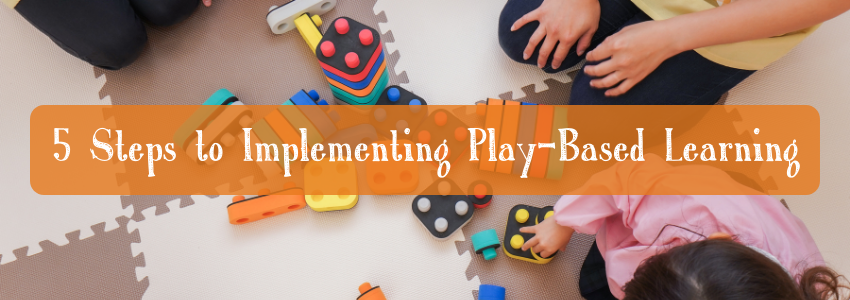
In recent years of test- and data-driven school reform, forms of play, playfulness, and fun have been strictly curtailed. Once treasured time for play was deleted from the day, it made room for more academics, test prep, and testing. But now play is back, big time! There are emerging research studies and a buzz of “teacher talk” around the centrality of play in the cognitive and social development of children and not just the youngest ones.
I’m in, you say? But you may not know where to start. It can be daunting to think about where to even begin. I’ve been a driving force to reignite play in classrooms for the past six years and I can share five steps that will set you on the right path to play.
1. Construct a plan.
One of the key first things I did was work with a small group of teachers and our building administrator to design a plan, laying out the steps we would take. It’s really an outline of what needs to be accomplished to get to your final goal. Make sure to work backwards from your goal. What goes in your plan depends on where you are in the process, your budget, materials needed, level of experience of your teachers, and so forth. You might even need to present to your school board if play is a method of instruction that needs to be approved. For our school, we were starting from square one – meaning our classrooms looked like high school for kindergarteners, so we devised a three-year plan on how we would implement play. There is no right or wrong plan, it all depends on your stage in the game. We kept it somewhat general so we could add details as we traveled through our journey – which we did as we had a major Covid pause!
Our three-year plan:
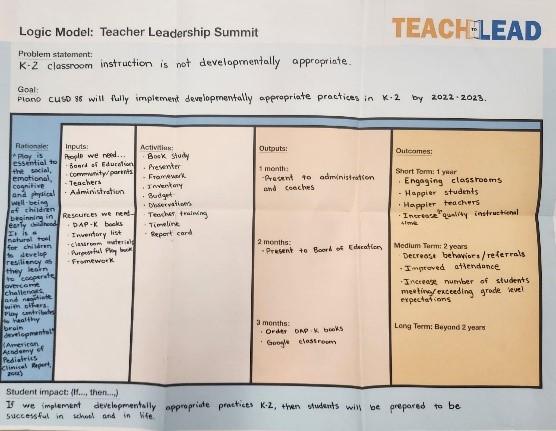
Our team at the Teach to Lead Summit:
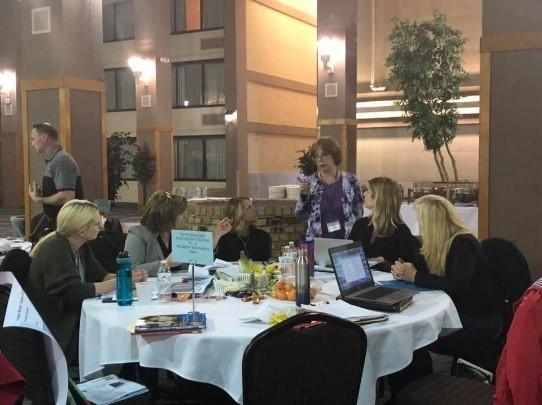
2. Choose an avenue for Professional Development.
Being play-based is a huge mindset shift and much more than just a playtime. With your team, decide what types of professional development you want to embark upon. In our case, we chose to do several things; many of us took an online course, we went to visit other play-based districts, and we chose a few books to learn from and share. Being an instructional coach, I put together a focus group that helped teachers plan for play – the hardest part, in my opinion, of being play-based.
This step is crucial, because you need to decide what works best for your school before you start purchasing major items for play. In our case, we didn’t have any materials for dramatic play. No kitchen items, play food, baby dolls, etc. We had to prioritize what to purchase that would support our journey and what we learned about play.
Some of the books we’ve used for book studies:
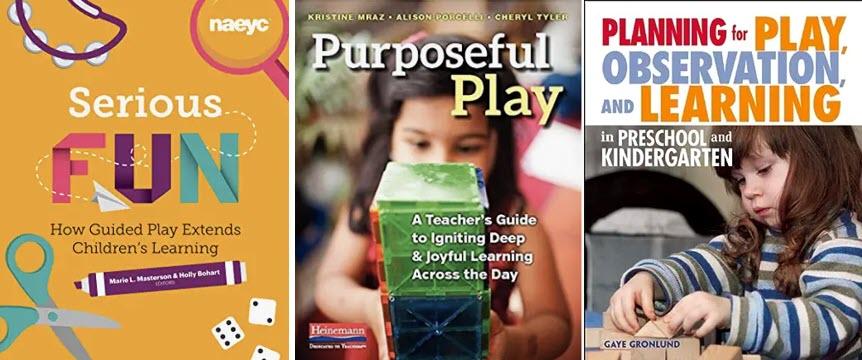
Our focus group “Prepared to Play”:
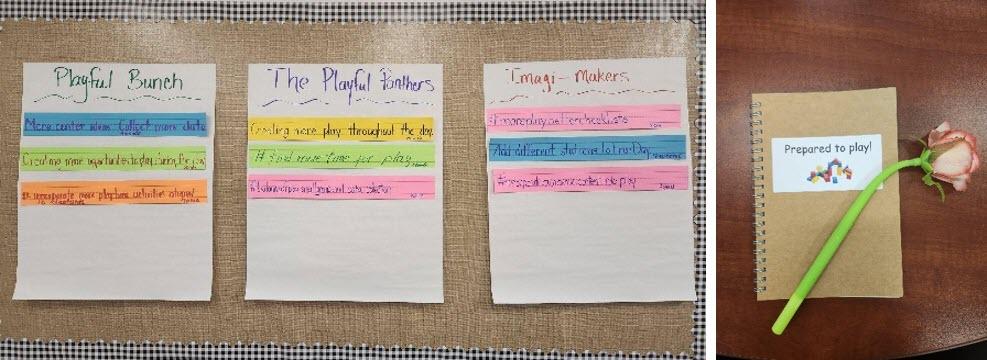
-----------------
Follett has some great options for you to explore:
Check out hands-on options on Titlewave®.
—----------------------
3. Dip your toe in.
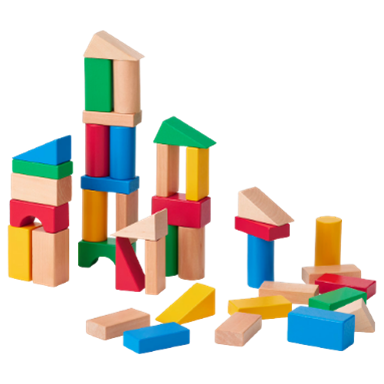
To get started simply add a “play time” into your day. Observe how the kids play, dive in, and ask some questions and play with them. One surprising thing emerged immediately: students didn’t have a good grasp on how to play. Yes, five-year-olds didn’t know what to do with a doll house, Matchbox cars on a carpet road, or pretend play!
This may also involve some rearranging of your room. Ask yourself, is my room like a high school classroom or a primary classroom? Create areas that can be stable but have a change of materials. For example, you might create a building area that sometimes houses blocks, another time Legos, another time cardboard bricks. This helps provide consistency with students and also makes planning a little easier on you.
Local newspaper article on our school when we first started:
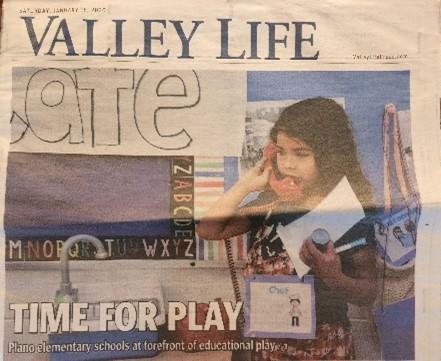
We put together some sensory bins for math and literacy:
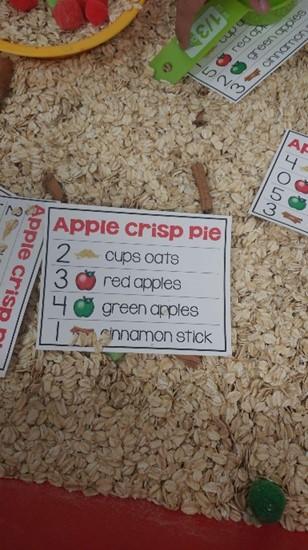
4. Create a budget.
As a teacher you may not be in charge of the budget, but you should give a lot of input about items that need to be purchased. We started with a very small budget, so we gathered play items from our homes, asked for donations from families, and went to garage sales in the first year. The following year we were able to dedicate a few thousand dollars for main staple items like blocks, Legos, and baby doll accessories. We wrote a grant and utilized ESSA funds, since it was written in our school improvement plan. As we learned more through professional development, we made the decision to create units of study around science and social studies standards. This helped us focus on what kinds of items to purchase.
One day our assistant superintendent happened to pop by and visited one of the first grade classrooms in the middle of play. She was amazed at what she saw, and knew THIS was what we should be doing. She went back to her office, reworked the budget, and by the end of the day I had received an email that we could spend over $10,000 on play!
We continue to move forward each year and work with around $15,000 dedicated to play. When I say this, I don’t just mean toys. We purchase a lot of items for our dramatic play areas, so for example, we have a post office in one of our classrooms during our “My Community” unit and we have envelopes, stamps with stamp pads, post office bags, a scale, etc. We strive to build background knowledge with real items whenever possible.
This is how we kept track of our items for dramatic play:

Here’s the bakery we purchased and students playing restaurant:
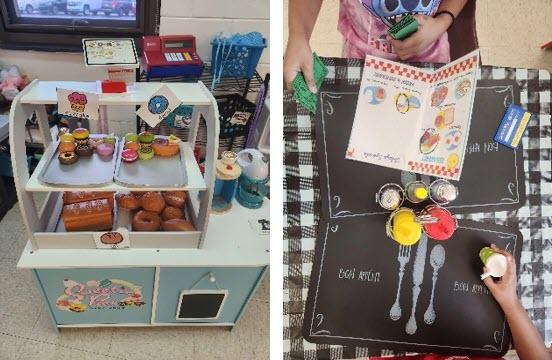
5. Plan for play.
Play might sound to many people like a “free for all,” but that is quite the contrary. When you are implementing play as a method, the planning on the front end is a lot more work than turning a page in a textbook or handing out a worksheet. As you take a look at the concepts and skills you will be teaching, you have to plan for how you can use play as “the” method for learning. You’ll also need to plan for each type of play depending on what learning you want to take place. For example, if students are learning how to blend CVC words, they could build the words with magnet letter tiles, say the word to a partner, and then write it. Or, if you have a dramatic play area in your classroom, consider what skills and concepts you can integrate into the experience. For example, if you had a farm dramatic play center and each day the “farmer” had to check under the hen to see how many eggs had hatched, count them, and then tally the total at the end of the week, that would be a way to weave in math while still playing. We found it easier to plan around a unit of study as I mentioned in Step 4. This way we could view the skills we would teach in whole group mini-lessons during the unit and then integrate the standards into our play.
This is how we write our units to integrate grade-level standards and play:
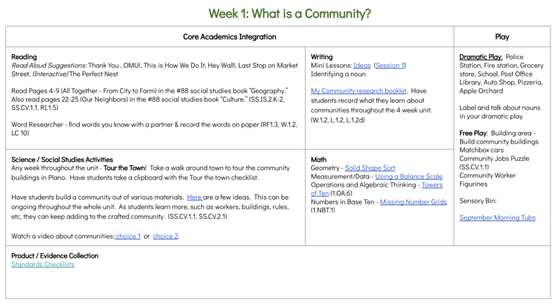
These steps could be moved around depending on your stage in play, with the exception of Step 1 to construct an overall plan and Step 5 because you are always planning. I hope you have gained some valuable information to get started with a play-based classroom. Have a blast playing!

About the Author: Melissa Crisci
Melissa is in her twenty-fifth year of education. She taught for ten years in elementary grades, was a PreK-8 grade administrator for seven years and is currently an Instructional Coach in Plano CUSD #88 for all subjects in general education, blended and dual language classrooms. Melissa has been featured in ISBE’s video “Kindergarteners Learn Best Through Play,” participated in the Teach to Lead Summit for play-based instruction in K-2, published an article in ILASCD titled, “If You Water It, It Will Grow,” planned content-based units of study with play-based methods, hosted several visitors from other districts including state Senator Cristina Pacione-Zayas, and received the KIDS VIP award. She holds two master's degrees in Teaching and Learning and Administration as well as an ESL Endorsement. Curriculum design, play and inquiry-based instruction, authentic learning experiences and formative assessment are a few of her areas of expertise.
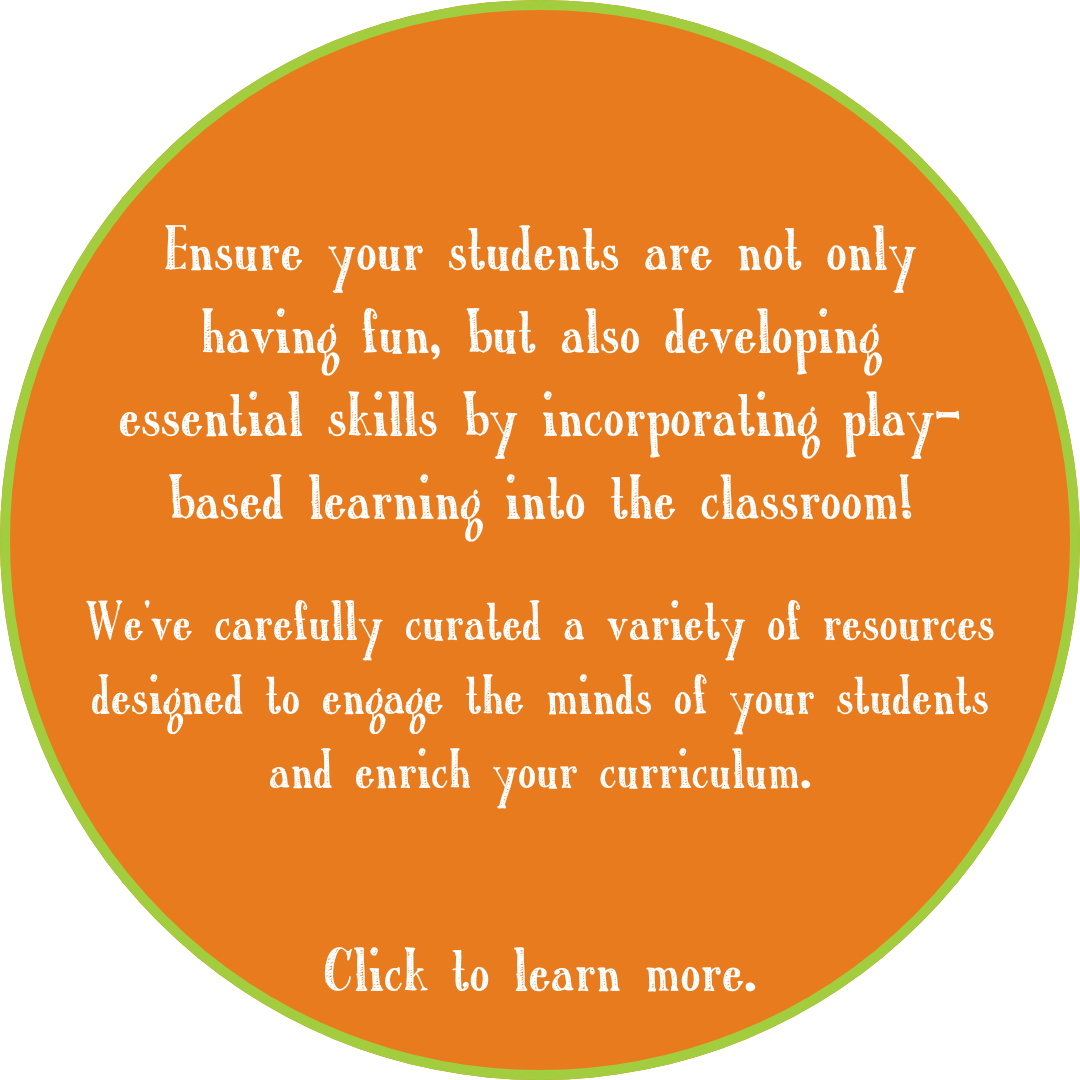
An Author Interview with Drew Daywalt
June 27, 2025
Drew Daywalt, award-winning author of the best-selling The Day the Crayons Quit series, is about to release his second middle grade book with illustrator Mike Lowery, No Sam! and the Meow of Deception. The title continues the hilarious adventures of Sam...
Read more
An Author Interview with Adam Wallenta and Makana Wallenta
June 27, 2025
Get ready to rock the galaxy with the first volume of Punk Taco – a wildly imaginative, music-fueled sci-fi adventure from father-son duo Adam and Makana Wallenta. Created when Makana was just five years old, this award-winning graphic novel now debuts...
Read more
An Author Interview with Lisa Manuzak Wiley
June 27, 2025
A bewitching new graphic novel series is arriving this fall!Author-illustrator Lisa Manuzak Wiley, who grew up in Hawaii, blends cozy fantasy, sisterhood, and tropical charm in a heartfelt homage to her roots: The Witches of Pepperwood Bay Vol. 1. Lisa...
Read more
What We're Reading – Books to Add to Your TBR List
June 4, 2025
As a Follett Content Outside Sales Consultant, I’m not only an avid reader, but also a passionate book reviewer! I’ve curated my top 10 book picks that are perfect for adding to your To Be Read (TBR) list. These titles...
Read more
Author Joseph Koszary on the Changes Made to the International Baccalaureate Extended Essay
May 22, 2025
As someone who’s served as an extended essay coordinator, examiner, and supervisor, I’ve grown deeply familiar with the previous incarnation of the extended essay (EE). Like many of you, years of accumulated experience have made supporting students through the process...
Read more
Celebrate Literacy All Year Long: Host an Online Book eFair!
May 12, 2025
Reading and literacy are essential parts of our lives, and there are numerous events throughout the year dedicated to celebrating and promoting these important skills. Hosting a Follett Book eFair is a fantastic way to engage your school community, share the...
Read more